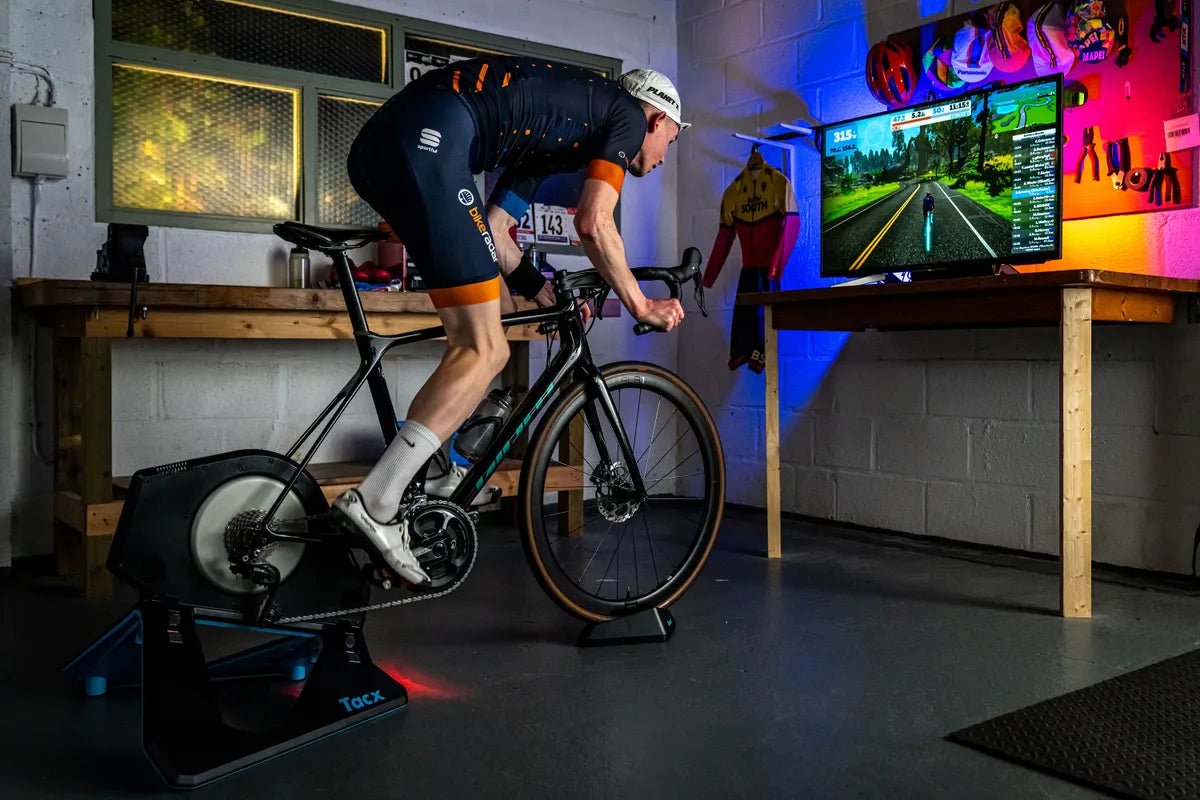Article: Perfect Running Form: How to Run Faster and Longer

Perfect Running Form: How to Run Faster and Longer
Running is one of the simplest yet most effective ways to improve your fitness, lose weight, and boost your mental health. Whether you're a beginner or a seasoned runner, perfecting your running form is essential to run faster and longer without injury. In this guide, we'll explore the elements of perfect running form, provide tips on how to improve your speed and endurance, and share actionable advice for runners of all levels.
The Elements of Perfect Running Form
-
Head Position:
- Keep your head up and look ahead, not at your feet. Your gaze should be focused about 20 feet in front of you.
- Avoid tilting your head back or forward; this helps maintain a neutral spine position.
-
Shoulders:
- Relax your shoulders and avoid hunching them up towards your ears.
- Keep your shoulders level and aligned with your torso to prevent unnecessary tension.
-
Arms and Hands:
- Bend your elbows at about a 90-degree angle and swing your arms naturally.
- Keep your hands relaxed and avoid clenching your fists. Imagine holding a small, delicate object in each hand.
-
Torso and Core:
- Maintain an upright posture with a slight forward lean from your ankles, not your waist.
- Engage your core muscles to provide stability and support for your spine.
-
Hips:
- Your hips should remain stable and level throughout your stride. Avoid excessive hip drop or rotation.
- Strong glutes and hip muscles are crucial for maintaining proper hip alignment.
-
Legs and Stride:
- Aim for a midfoot strike, landing your foot directly under your hip.
- Avoid overstriding (landing your foot too far in front of your body), which can lead to injuries.
- Your knees should be slightly bent upon landing to absorb shock.
-
Cadence:
- Strive for a cadence (step rate) of around 180 steps per minute. This helps reduce the impact on your joints and improves running efficiency.
How to Run Faster
-
Incorporate Interval Training:
- Interval training involves alternating periods of high-intensity running with periods of rest or low-intensity running.
- Examples include sprinting for 30 seconds followed by 1 minute of walking or jogging. Repeat for 20-30 minutes.
-
Strength Training:
- Strengthen your legs, core, and upper body to improve overall running power and efficiency.
- Focus on exercises like squats, lunges, planks, and push-ups.
-
Improve Your Running Economy:
- Running economy refers to how efficiently your body uses oxygen while running.
- Include drills like high knees, butt kicks, and skipping to enhance your running mechanics and efficiency.
-
Hill Workouts:
- Running hills builds strength, power, and endurance. It also improves your running form.
- Incorporate hill sprints or find a hilly route for your regular runs.
-
Consistent Training:
- Consistency is key to improving speed. Stick to a regular training schedule and gradually increase your intensity and volume.
How to Run Longer
-
Build Your Endurance Gradually:
- Increase your weekly mileage by no more than 10% to avoid overtraining and injuries.
- Incorporate one long run per week, gradually increasing the distance.
-
Pace Yourself:
- Start your runs at a comfortable pace. Running too fast at the beginning can lead to fatigue.
- Use a conversational pace for most of your long runs. You should be able to talk without gasping for breath.
-
Proper Nutrition and Hydration:
- Fuel your body with a balanced diet rich in carbohydrates, proteins, and healthy fats.
- Stay hydrated before, during, and after your runs. Consider carrying water or sports drinks for longer runs.
-
Rest and Recovery:
- Give your body time to recover between runs. Include rest days and low-impact activities like swimming or cycling.
- Listen to your body and address any signs of overtraining or injury.
-
Mental Strategies:
- Break your long runs into smaller segments. Focus on reaching the next milestone rather than the entire distance.
- Use positive self-talk and visualization techniques to stay motivated and overcome mental barriers.
Conclusion
Perfecting your running form is a continuous process that requires attention to detail and consistent practice. By focusing on the key elements of running form, incorporating speed and endurance training, and taking care of your body through proper nutrition and recovery, you'll be able to run faster and longer with confidence.
Remember, every runner is unique. Listen to your body, make adjustments as needed, and most importantly, enjoy the journey. Happy running!


Leave a comment
This site is protected by hCaptcha and the hCaptcha Privacy Policy and Terms of Service apply.